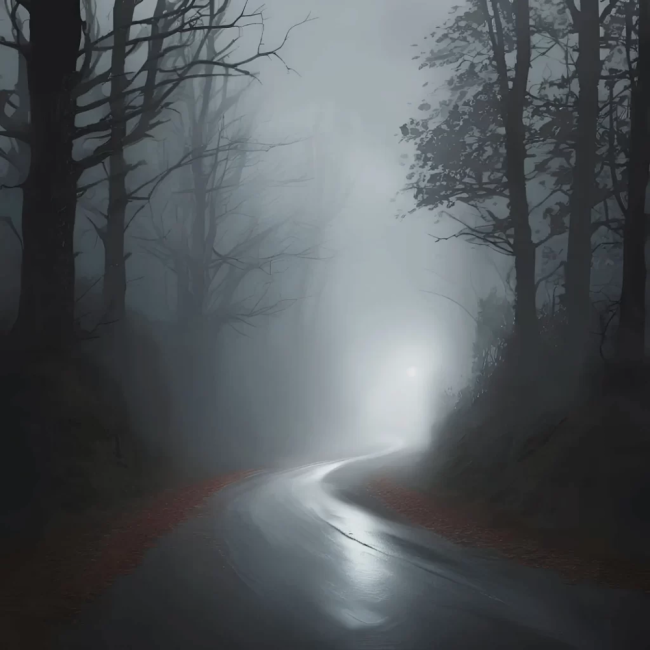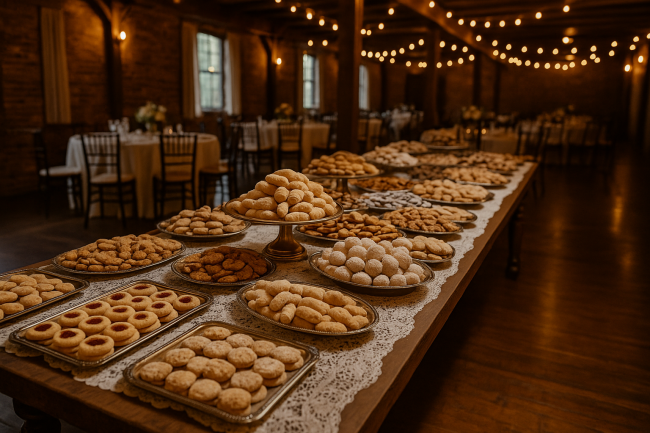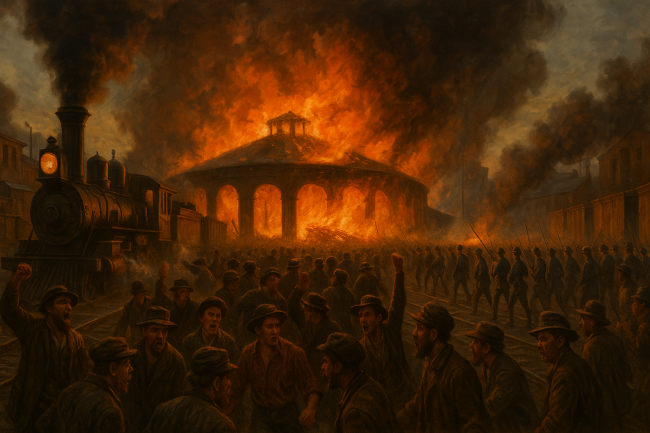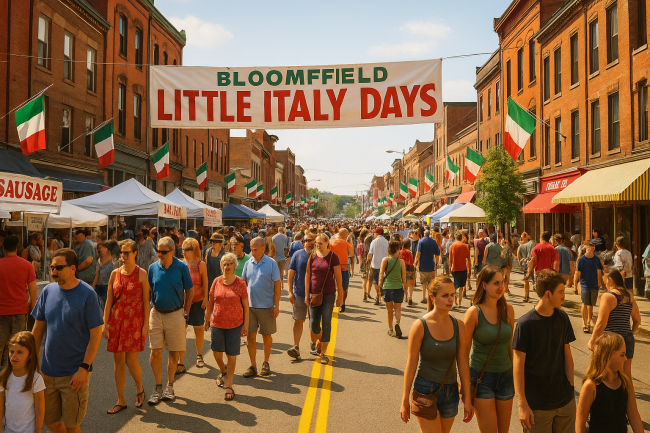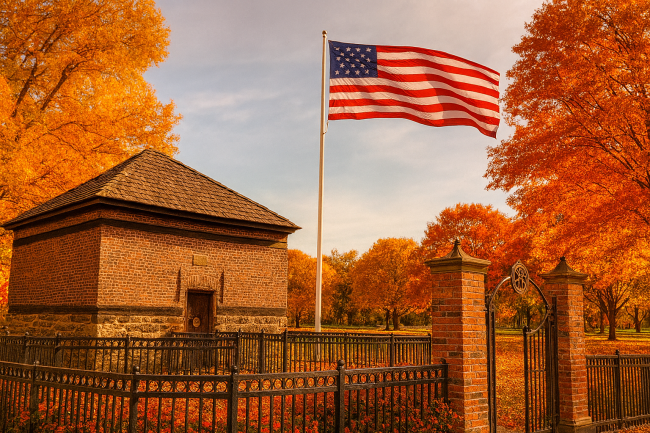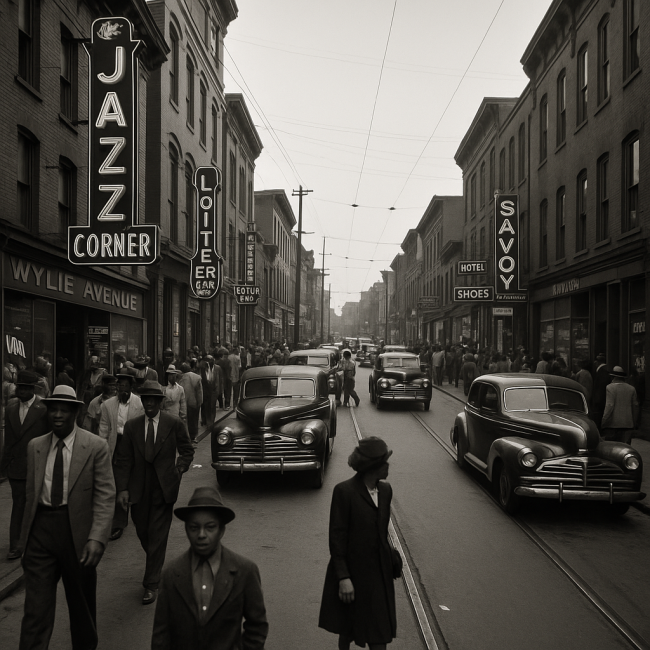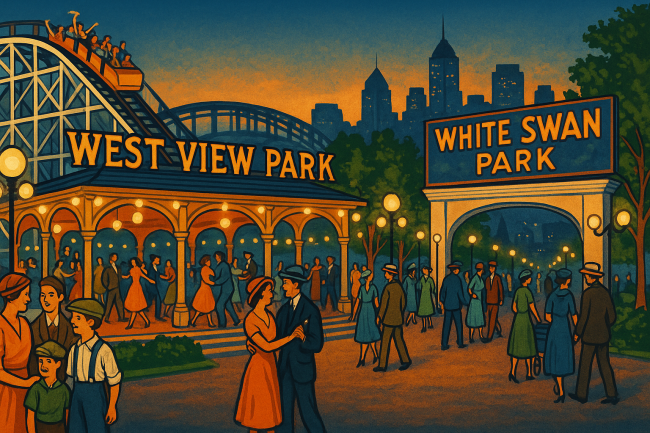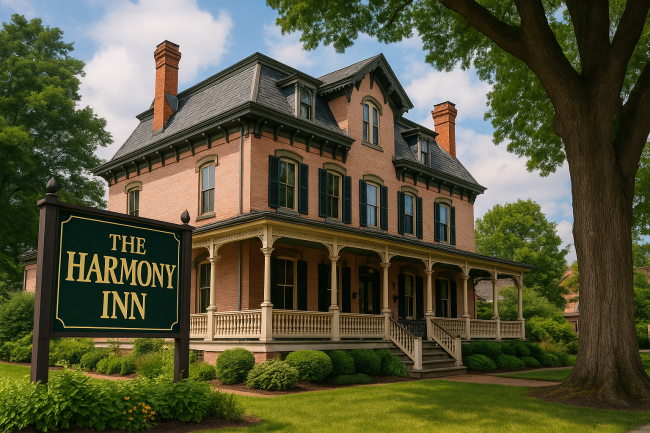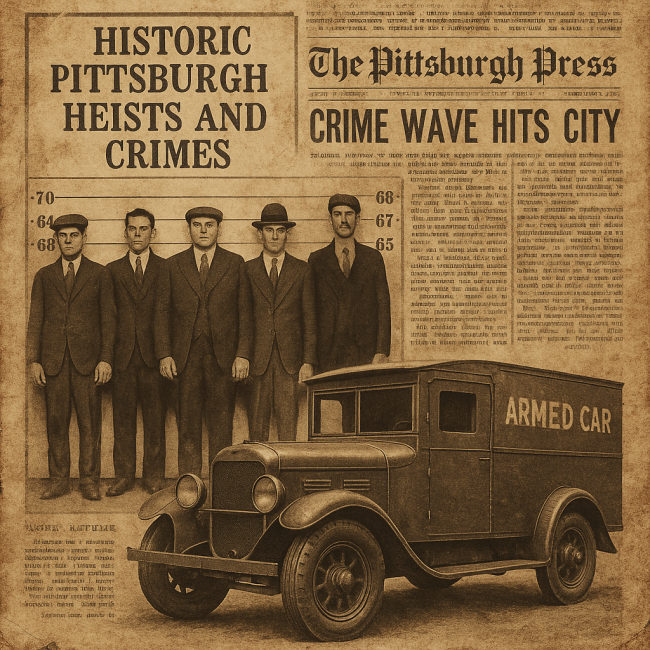Blue Mist Road: The Irwin Murders and Pennsylvania’s Most Haunted Highway
The Real Blue Mist Road – A Secluded North Park Byway Blue Mist Road is not a name you’ll find on an official map, but locals in Allegheny County know it well. The road’s real name is Irwin Road, a narrow lane tucked deep into North Park, just north of Pittsburgh. By day, it’s a…

